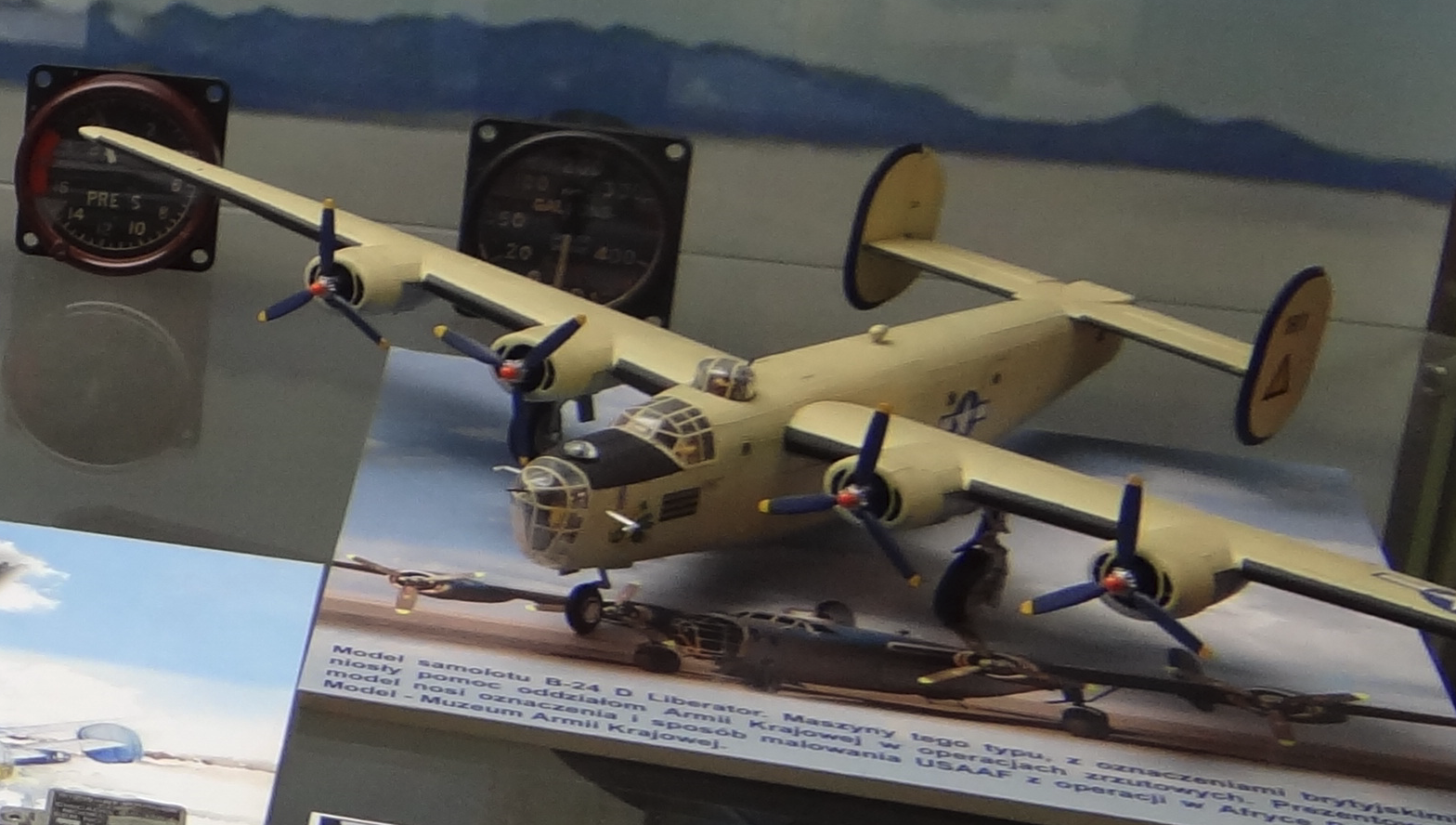Kraków 2025-01-03
Consolidated B-24 Liberator.
The Consolidated B-24 Liberator is an American, heavy, four-engine bomber aircraft from the period of World War II, which was started by the Germans together with their Muscovite brothers. The aircraft manufacturer was the Consolidated Aircraft Corporation. The prototype of the aircraft made its first flight on December 29, 1939. Production lasted from 1940 to 1945. 18,482 units were produced. The aircraft crew consisted of 7-10 pilots, depending on the version. Consolidated B-24 Liberator aircraft were operated by countries such as: the USA, the UK, Canada, Australia, New Zealand, the Union of South Africa, the Polish Armed Forces in the West.
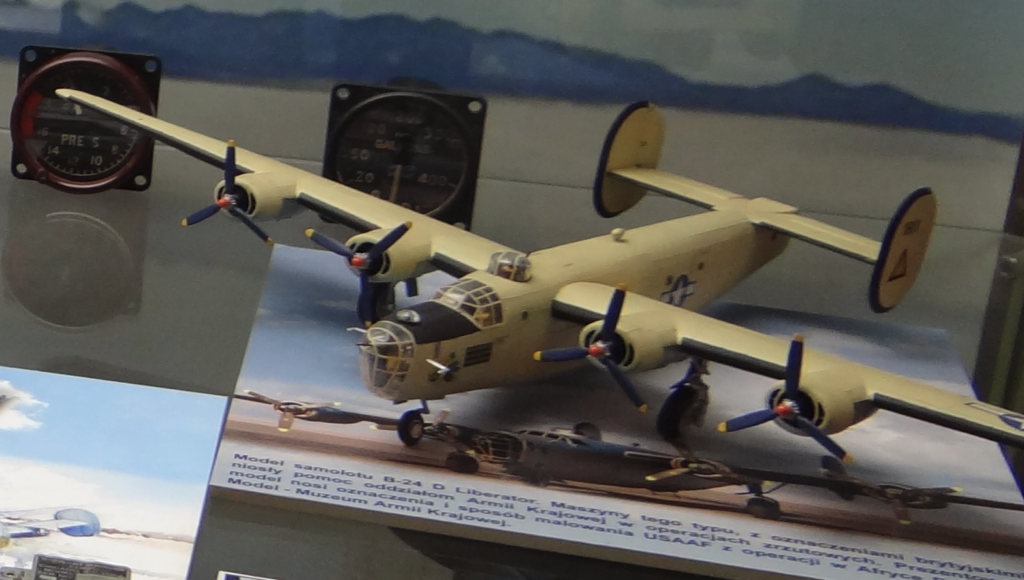
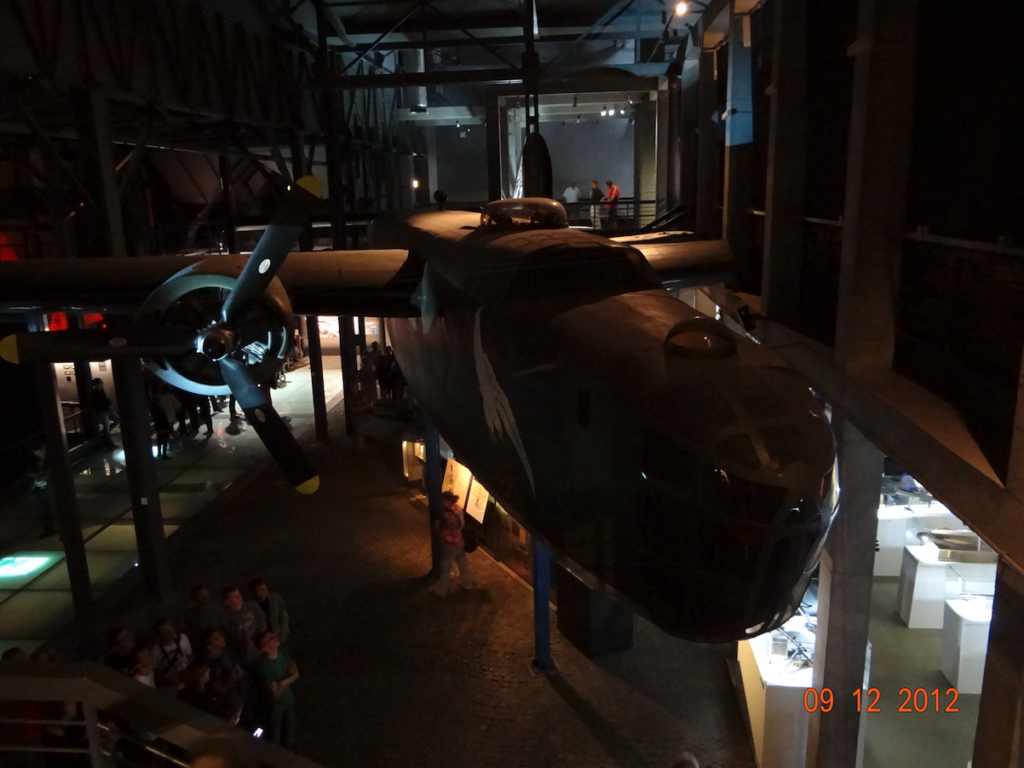
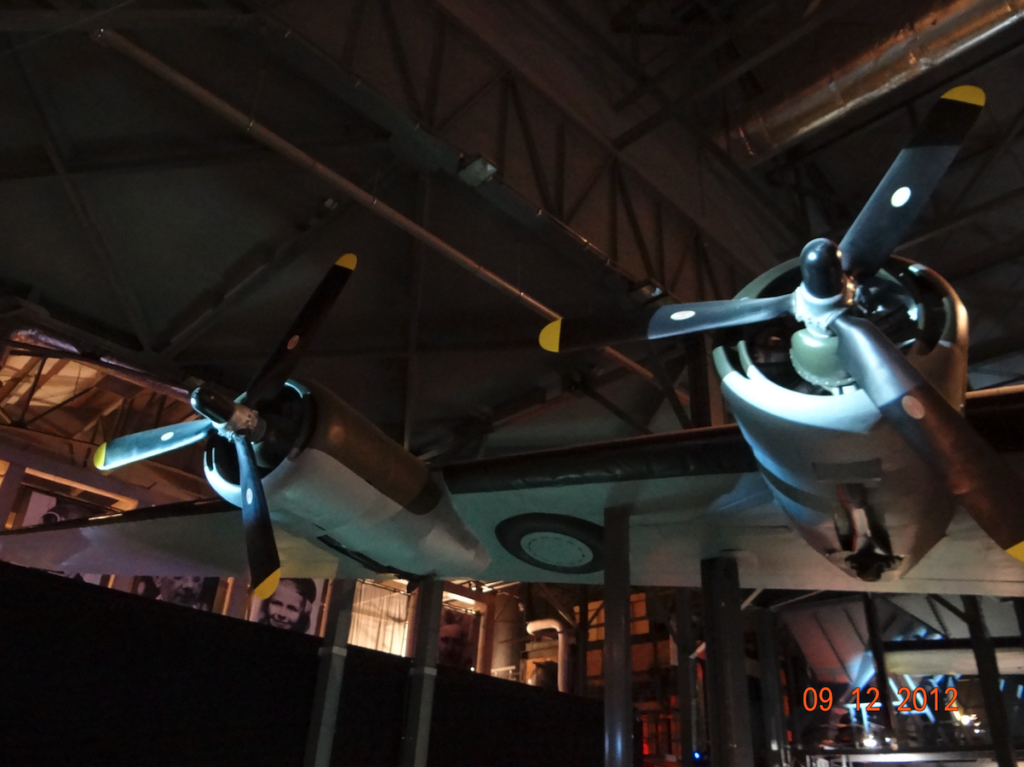
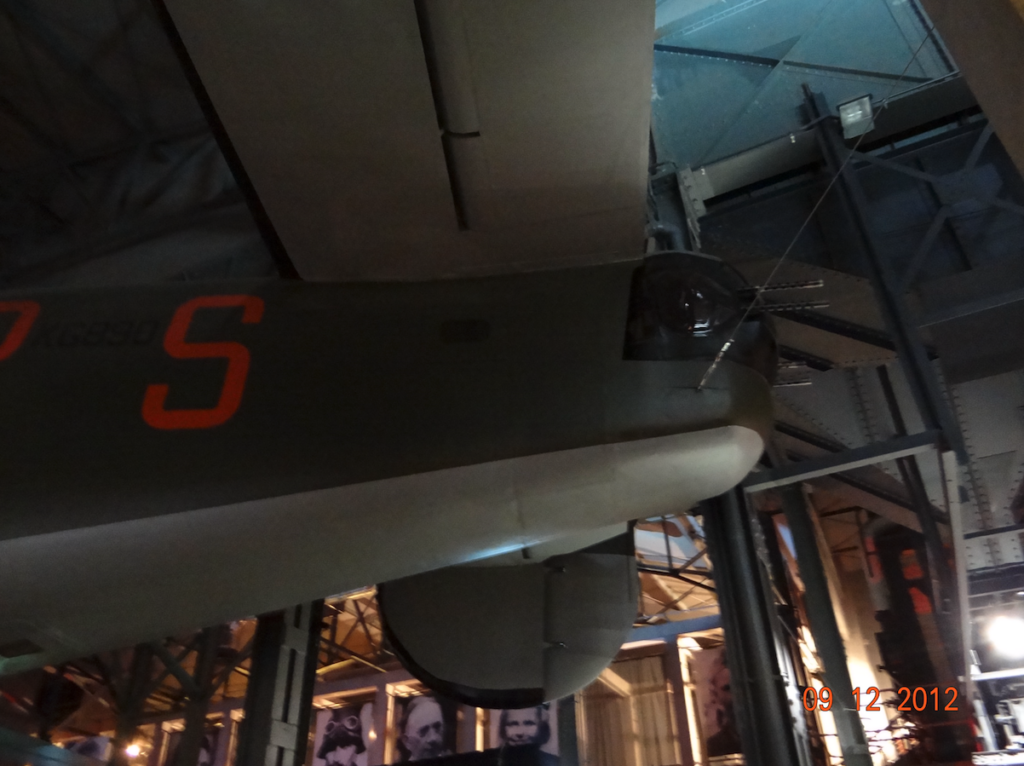
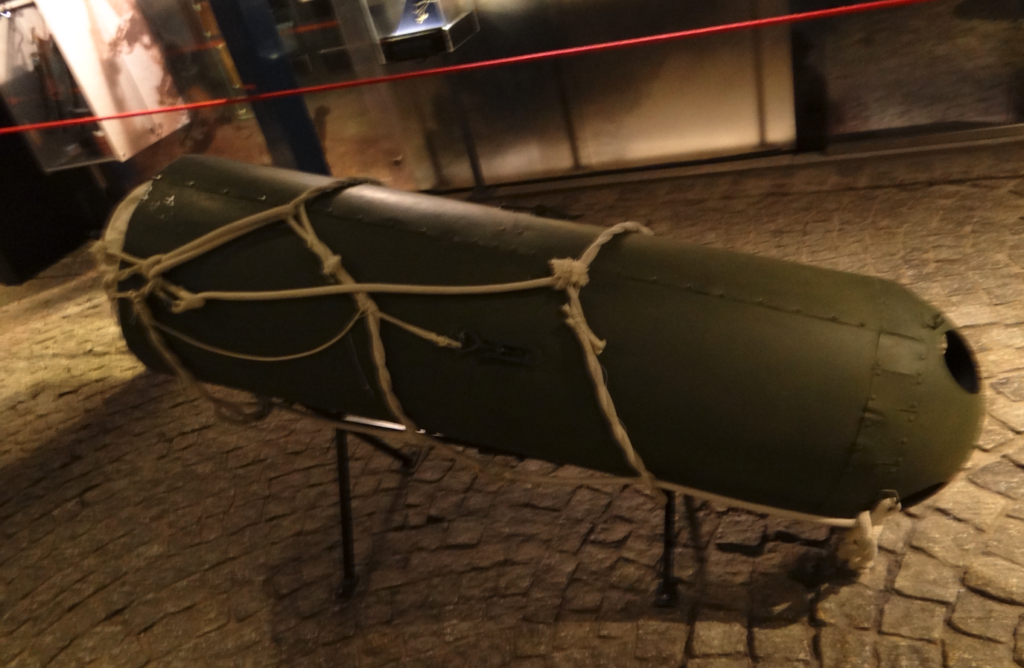
Liberator in English means liberator. The aircraft was used as; a bomber, fought surface ships and submarines, performed patrol missions and special tasks. Among the bomber aircraft, the Liberator was built in the largest numbers. 18,482 units were built, making it the first aircraft of a single type produced during World War II. Production was carried out in as many as four factories. The aircraft was produced in numerous versions and variants. There was, among others, a version intended for VIP transport.
In January 1939, Consolidated Aircraft Corporation submitted to the American Naval Aviation USAAC a preliminary design for a new four-engine bomber. According to the designers, the aircraft was to outperform its competitor; the Boeing B-17 aircraft. In February 1939, the USAAC command announced a specification (Specification C-212) for a new, four-engine heavy bomber, characterized by a range of 4,850 kilometers, a ceiling of 10,600 meters, a maximum speed of 480 km/h and the ability to carry 4,000 kg of bombs. After two weeks, Consolidated Aircraft Corporation presented a preliminary design; Model 32. The manufacturer’s advantage was a newly designed new wing; so-called Davis airfoil. The wing designed by Davis had a large aspect ratio, tapering towards the end and has a small chord. Additionally, the wing housed large fuel tanks. The new airfoil was tested on the Model 31 aircraft, known as the Consolidated XP4Y Corregidor flying boat. Fowler flaps were installed on the trailing edge of the wings, and slats on the leading edge.
An interesting solution was the roll-up blinds for closing the bomb bays. Two such bays were installed in the fuselage. The drive was provided by four, air-cooled, fourteen-cylinder radial engines, with a two-stage Pratt & Whitney R-1830-33 compressor, with a power of 4 x 1,200 hp. The aircraft’s double tail was taken directly from the Model 31. The bomber’s landing gear is retractable, three-unit, with front support. The front, single strut went into a recess in the fuselage, and the main landing gear, also a single strut, went into recesses in the wings between the engines.
On 30 March 1939, the manufacturer signed a contract with the USAAC for the construction of a prototype, which was designated XB-24. The aircraft received serial number 39-680. On 26 December 1939, the ready XB-24 made a rollout at the San Diego plant. On December 29, 1939, the aircraft made its first flight. During tests, it turned out that the B-24 Liberator, with the same bomb load, had a range of 320 km longer than the B-17.
B-24 Liberator aircraft were used on all fronts and operational theaters of World War II. The machines took part in all important actions, such as bombing the Germans or the Romanian oil fields and refineries in Ploiesti.
During World War II, Polish pilots also flew Consolidated B-24 Liberators. They took part in transporting soldiers of the Cichociemni to the occupied country and in supply drops during the Warsaw Uprising. The flights with drops to Poland lasted 47 months, from the night of February 15/16, 1941, to the night of December 28/29, 1944. 966 aircraft took part in the flights, 512 of which reached Poland. 345 Cichociemni paratroopers were transferred to Poland. A total of 590,000 kg of supplies were dropped in containers and packages; weapons, ammunition, medicines, $35 million US, 20 million German marks, 41 million occupation Polish złoty. This was not much, considering the needs of the Polish Nation fighting since September 1, 1939, but the morale of Polish soldiers and civilians increased enormously. Aircraft crews suffered huge losses. During the Warsaw Uprising, about 30% of aircraft crews were lost. The Allied Airmen Cemetery in Krakow is located on Prandoty Street. Glory to the Heroes!
Despite initial agreement, the Muscovites did not allow the use of Soviet airports to support the Home Army. In August 1944, Radawiec Airport was to be used for shuttle flights to aid the Warsaw Uprising. Dictator Stalin initially agreed, so special metal nets were delivered to the airport, which increased the take-off area’s load-bearing capacity and prevented the planes from sinking into the ground. The flights were to be as follows: Planes with the heaviest possible payload were to arrive from Italy. After dropping support for the Home Army over Warsaw, the planes were to land in Radawiec to refuel and then fly back to Italy. At that time, Radawiec was already under Soviet control. However, dictator Stalin withdrew his consent.
Since May 2006, the Warsaw Uprising Museum in Warsaw has housed a model of the Consolidated B-24 Liberator plane, in a scale of 1:1. It is the only such model in the world. The recreated plane uses fragments of a plane shot down by Germanic fighters near Bochnia, Nieszkowice Wielkie, during the return flight after dropping containers for the Warsaw Uprising.
Consolidated B-24 Liberator T-T data: Powerplant: 4 Pratt & Whitney R-1830 engines, 4 x 1,200 hp (4 x 900 kW). Wingspan 33.50 m. Length 20.60 m. Height 5.50 m. Lifting area 97.4 m2. Empty weight 16,590 kg. Takeoff weight 29,500 kg. Maximum speed 470 km/h. Rate of climb 5.2 m/s. Operational ceiling 8,500 m. Range 4,000 km.
Written by Karol Placha Hetman

